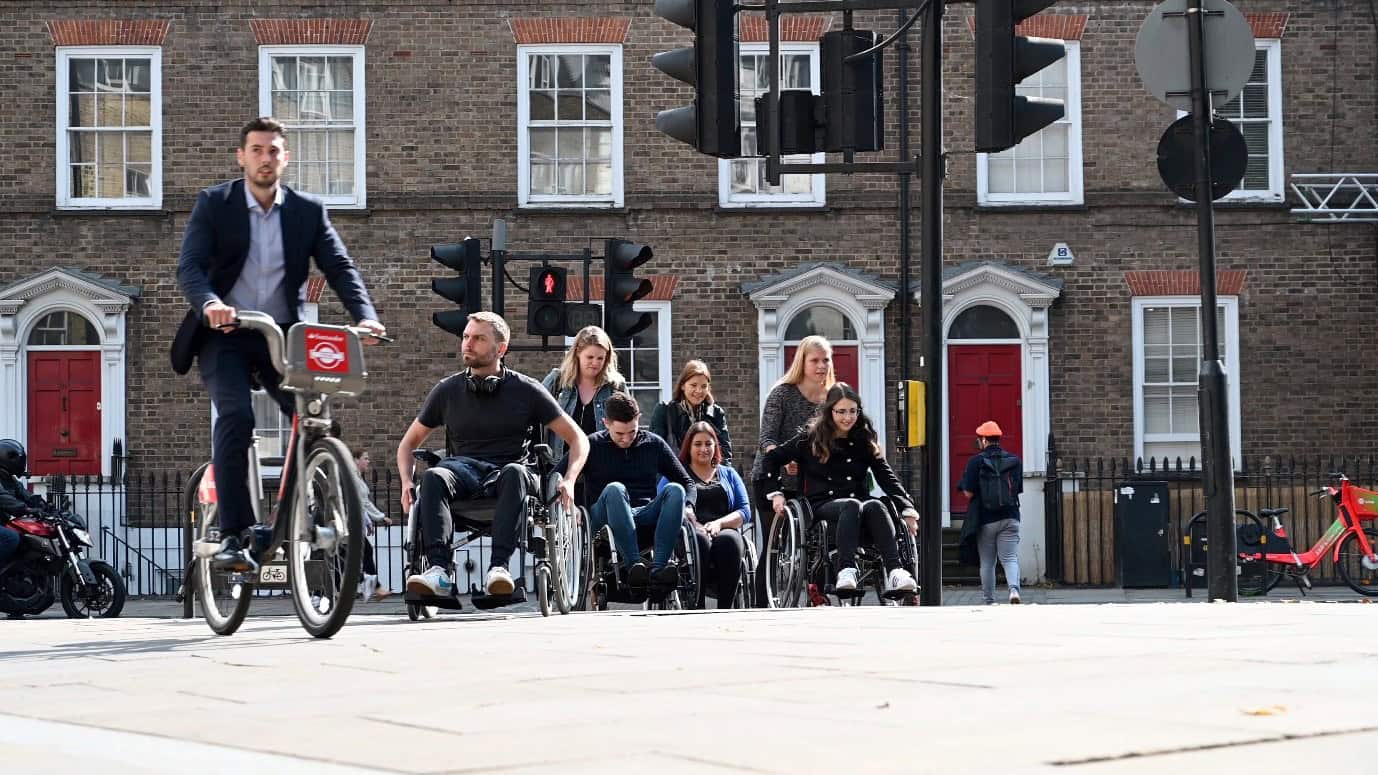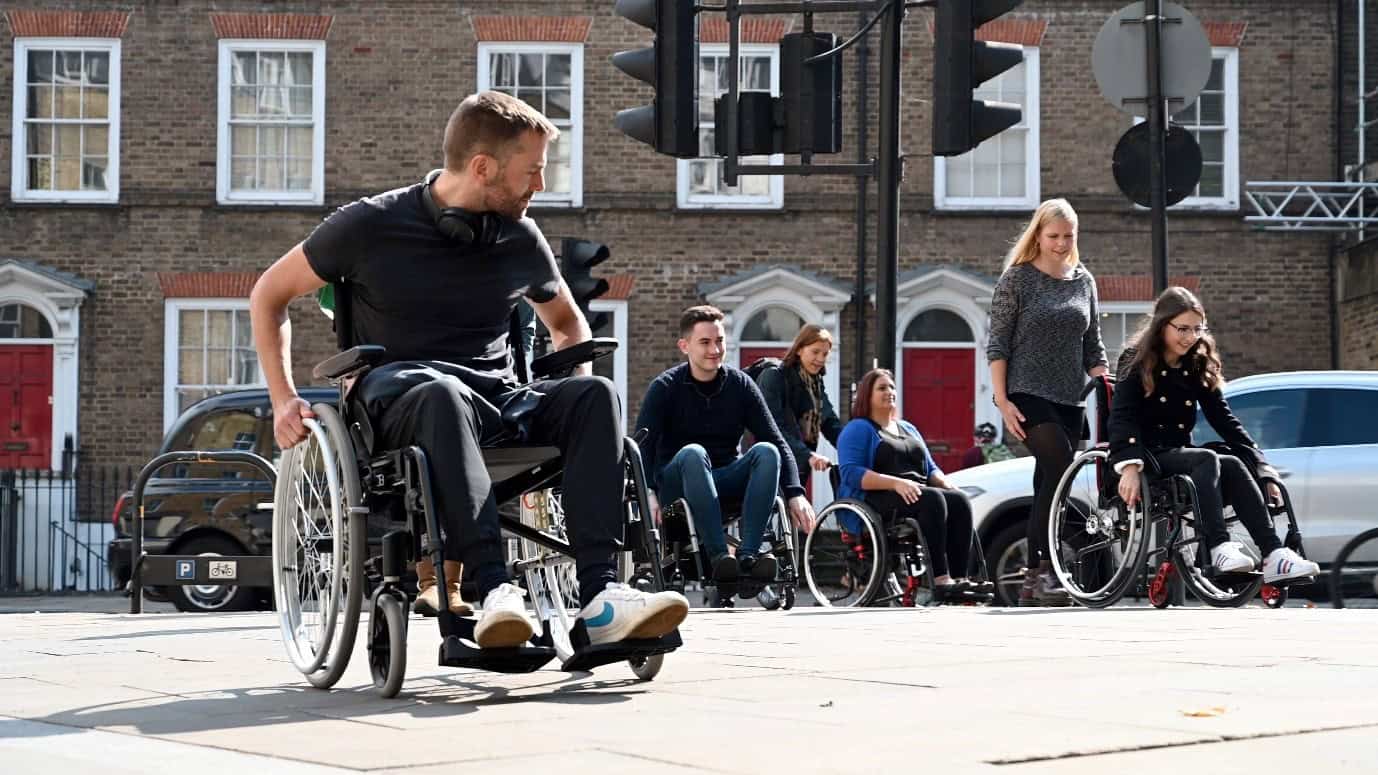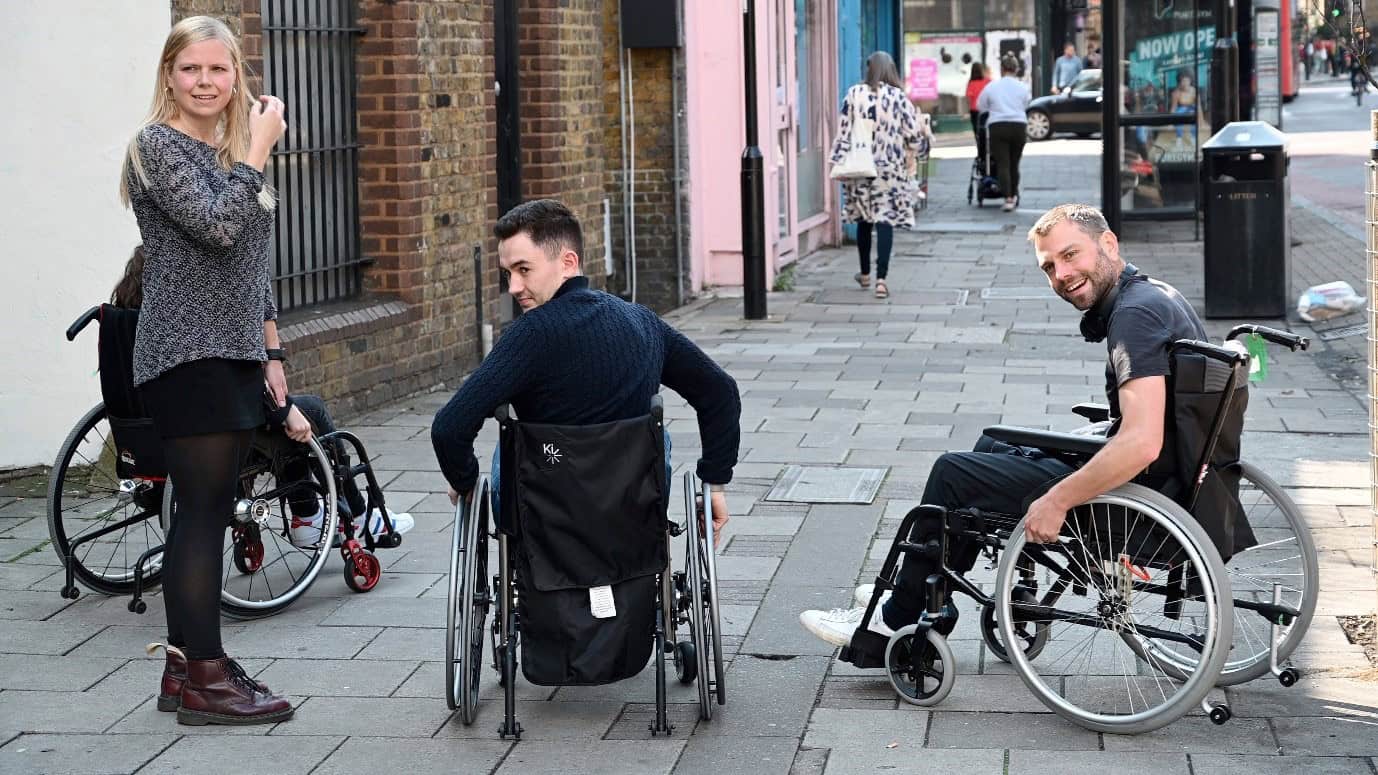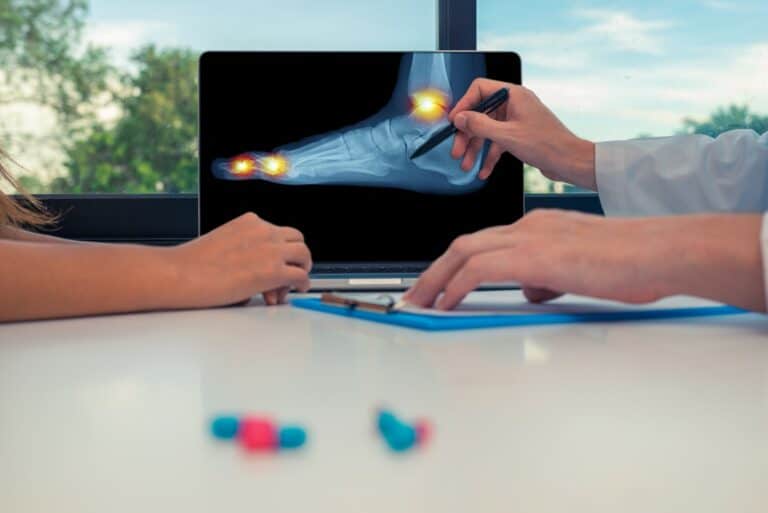
What I learnt from BBK’s Wheels at Work Day
Introduction
Although many barriers to us becoming an accessible and inclusive society are being brought down, people with disabilities still face many challenges in their day-to-day lives. For wheelchair users, everyday environments continue to provide difficult challenges and for the able-bodied it can be hard to truly understand these challenges, and exactly what day-to-day life is like for those who rely upon a wheelchair for their independence.
The spinal injury team at BBK possess an extensive and comprehensive understanding of all manner of spinal cord injuries (SCI). We understand how these injuries occur, what may have gone wrong, and even the symptoms to look out for in complex conditions such as Cauda Equina Syndrome. However, it is very difficult for anyone without a disability to fully appreciate the daily struggles that those with mobility issues will face.
In order to gain experience and an insight as to what challenges wheelchair users may face, we teamed up with Stoke Mandeville Spinal Research (SMSR), a fantastic charity seeking to enhance the quality of life in people with a SCI through research. SMSR kindly provided the spinal injury team with a set of wheelchairs to use throughout the entire day whilst working in our office – our very own ‘Wheels At Work’ day.

Expectations
The truth is that, unless you spend time in a wheelchair, it’s impossible to know how it affects every aspect of your life. As we prepared for our Wheels at Work event there were many expectations and presumptions of what the day may hold for us. These varied from concerns regarding the challenges of travelling in public; wondering how exhausting and painful it may be; worrying about the ability to carry out simple daily tasks such as making tea safely and approaching others whilst in public.
One of our primary aims of this event was to help the spinal injury team understand the challenges that our client’s face. Associate Tom Lax touched on this ahead of the event stating “At best I am hoping for a glimpse of the limitations that my clients face in their everyday life and a better understanding of the challenges they experience.” Although it was clear that one day of using a wheelchair was no comparison whatsoever to a life of restricted mobility, it would at least serve as an insight into what we may take for granted, and what the limitations are that our clients face.
Reality & Difficulties
Throughout the day the spinal injury team worked in the office, wheeled up and down the local high street, did some shopping and attended a restaurant. The experience was extremely eye-opening.
The simple everyday task such as making a cup of tea was no longer quite so simple as even though the cups, milk and kettle were all accessible, well-meaning colleagues kept tidying the tea and coffee away by pushing it right to the back of the counters so it couldn’t be reached by someone in a wheelchair. Using the accessible lift required a level of foresight we all lacked as we realised that going in frontwards meant exiting backwards which was nigh on impossible. Tight corridors resulted in twenty-point turns to just get back to your desk, which was frustrating to say the least.
Wheeling through the streets of Islington proved to be a great challenge, uneven pavements, steep hills and high curbs all made what would normally be an activity you would do without a second thought as an able-bodied person; into an activity you would potentially avoid as a wheelchair user. Is lunch worth all the obstacles? Crossing the street now became a vulnerable experience, worrying whether cars could see you properly was always on my mind and one of the team nearly fell backwards as they tried to manoeuvre their chair over a particularly stubborn bit of road. Even when areas were intended to be accessible such as accessible toilets, they still proved to be difficult, tight turning points, bins placed next to doorframes and tall tables all served to frustrate the team.

Adapting the Workplace for People with Disabilities
Often, attempts to support employees with disabilities can come up short. This is not due to lack of caring, but usually a lack of knowledge on the topic. Accessibility goes beyond just making accommodations for disabilities and impairments that are easily recognizable. For example, some wheelchair users will suffer from incontinence issues requiring quick and sometimes instantaneous access to a disabled toilet. Overall when ensuring the workplace is accessible I think that the following factors should be taken into account:
- Remove Physical Barriers – Often physical barriers can pose difficulties to those in a wheelchair and can be easily fixed.
- Make Sure Employees with Disabilities Feel Safe to Speak Up – Creating a forum for discussion will only improve the accessibility and inclusivity of the workplace.
- Not all disabilities are visible ones – It is important to consider the range of disabilities that an employee could have, from incontinence to mobility restrictions.
- Consider Working from Home Policies – Finally it is important to review WFH policies to ensure that those with disabilities are able to use this to their advantage, some days are worse than others, and it is important to offer choice when it comes to the workplace.
I really valued the opportunity that Wheels At Work gave me. For me, the biggest takeaway from the experience was that there are many things that, as an able bodied person, I take for granted, however I also appreciated that being disabled would not define my personality. What also became apparent was that it is not the disability that would limit you, but the environment in which you are being asked to live or work. We must continue to strive to make the world in which we live accessible to all.










